Why won't the washing machine draw water?
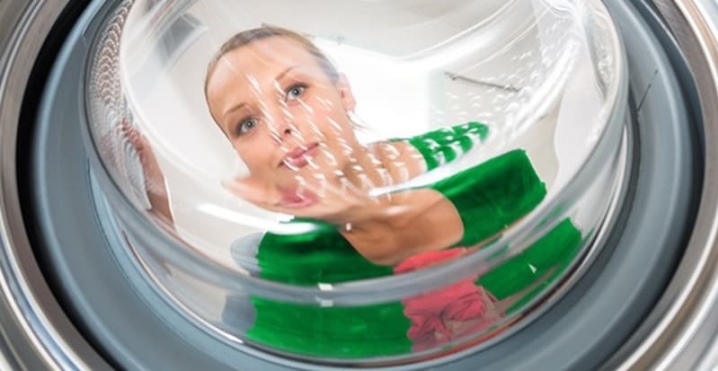
Today there are washing machines in every home. These household appliances are produced by many well-known brands with a brilliant reputation. However, this does not mean at all that branded products are not subject to all sorts of breakdowns and malfunctions. In this article, we will find out why the washing machine does not draw water and what to do.
Reasons not related to breakdowns
If you find that while your machine is running, there is no water supply, do not immediately panic and calculate how much you will have to spend on repairs. Often a similar problem manifests itself due to reasons, not in any way with defects in certain parts of the device. We will understand them in detail.

Lack of water in the plumbing
If your washing machine signals that there is a shortage of liquid, it is first recommended to check the presence of pressure in the water supply system. If the root cause is the lack of liquid in the plumbing system, then you have no choice but to postpone washing for another time. If the water pressure is too low, the washing machine can start implementing the intended program, but it will take a very long time to fill the tank. In this case, the technique will constantly fail at the stage of fluid intake.
In this situation, it is recommended to pause the wash and postpone it until the full flow comes out of the tap.
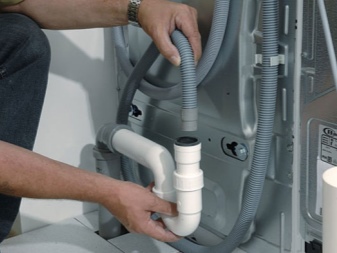
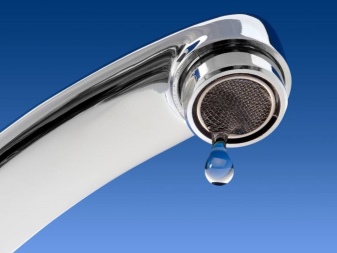
The valve on the pipe is closed
It should be borne in mind that even if there is water in the tap, the valve for its transfer to the unit may well be screwed on. Usually this valve is installed on the pipe itself, which follows to the apparatus. If the problem lies in the lack of water in the water supply system due to a closed tap, then elementary and understandable actions will be needed here. If the specified item is closed, it must be opened.
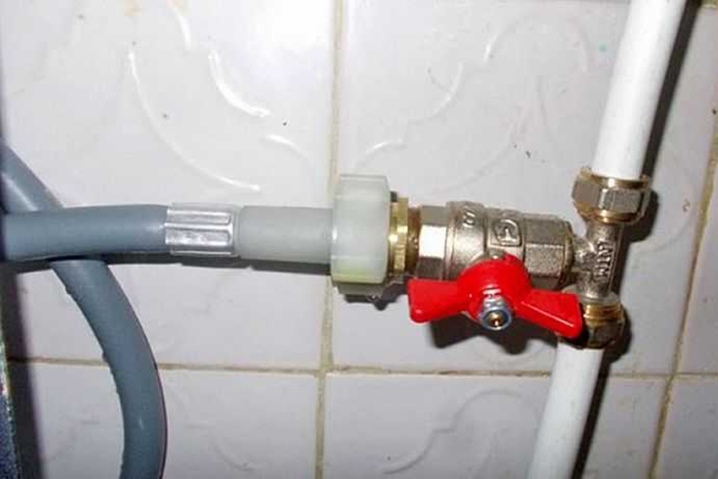
Hose squashed
In many situations, shortcomings that are associated with a set of water are due to a transmitted and clogged inlet hose. It is a long flexible tube equipped with fittings and nuts. The first end of such a tube is connected to the machine itself, and the second is sent to the water supply system. Typically, the inlet hose for household appliances is made from the durable and popular material - polyvinyl chloride. It is reinforced with special synthetic fibers or strong steel wire. These parts help the tube to contain the high water pressure.
Regardless of their reliability, such elements can wear out over time and require mandatory replacement.
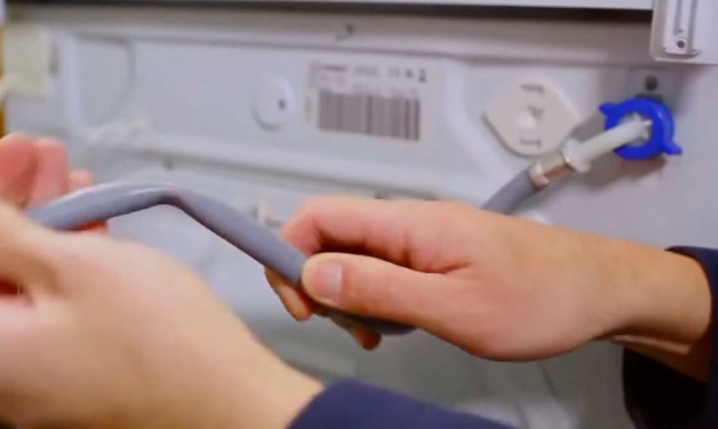
The reason is not always a worn hose that needs to be replaced. It is not uncommon for this part to become heavily clogged. As a result, an already small lumen is blocked, not providing the apparatus with access to the water flow. To find out if this is the case, you will need to unscrew the hose from the device as carefully as possible, consider the filler filter element and the inlet pipe. The cleaning procedure for a pinched and clogged hose is as follows.
- the water supply to the device must be turned off if there is a special tap, or this will need to be done with respect to the entire system; the unit will need to be de-energized - you must not forget about this in any case;
- the inlet hose is removed - it will need to be thoroughly rinsed under cold water (a good pressure will be needed); you will need to inspect the part for creases and any other possible damage;
- in the place where the tube is attached to the washing machine, you will notice a mesh consisting of small cells - this is a filter element; it will need to be pulled out as accurately as possible with pliers, then the removed part will need to be thoroughly cleaned using a small brush; at the end, the mesh is rinsed under water;
- to determine how the filter works, put the mesh back on the inlet hose, position it directly above the bathtub and open the fluid supply; if you see that the water flow has gone with a strong pressure, this will mean that all the work was carried out correctly and everything is in order;
- at the same time, carefully examine the branch pipe that connects the hose to the plumbing system; maybe it also needs to be cleaned so that the machine can continue to work normally and fully.
Further, all components are mounted in the reverse order. Then the machine can be connected and a test wash can be carried out.
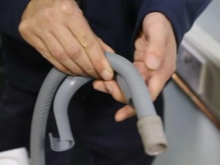
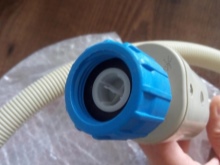
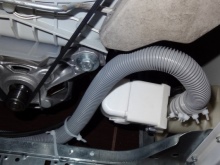
Problems in the washing machine and how to fix them
Not always the reason for the lack of a set of water is minor external problems that do not relate to the direct design of the unit. Let's consider how to act in circumstances when the device hums and does not pump water mass into the drum.
The hatch is not blocked when closing
The water supply can be stopped due to the fact that the door of the machine can be closed with great difficulty (without making a click). This usually indicates that there is a malfunction in the sunroof locking system. Without a signal from it, the control board will not start the mode you have set, and water collection will not start.
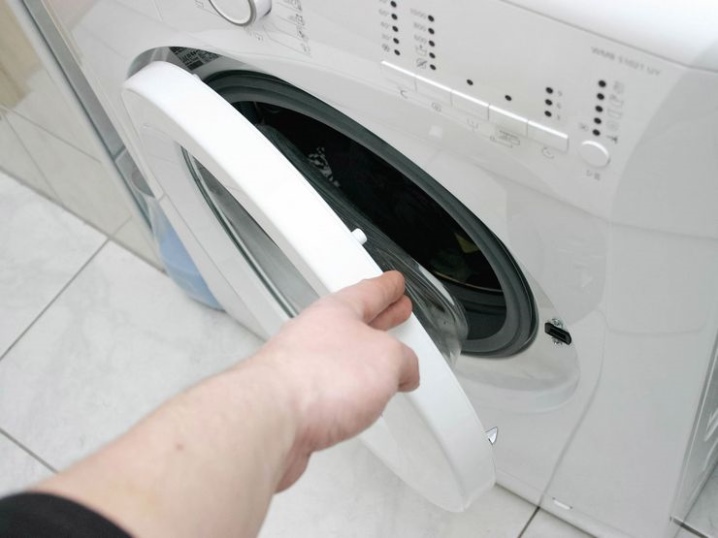
There can be many reasons for this lack of work.
- Luke does not fully slam due to defects in the plastic guide. This part is located under the special locking tab. As a rule, such a breakdown occurs in the case of a long operation of the unit, when the door hinges weaken from wear or improper handling.
- Niche, where the latch tab is sent, is dirty due to plaque from soap compositions. In the described situation, you will need to clean the desired part from contamination, and then rinse it. At the same time, it is recommended to consider the tongue itself - it could have lost the stem, which acts as a fastener.
- Defective board or programmer. The hardest reason. If some parts on the control components are burned out that are responsible for blocking the hatch, you will need to solder the necessary tracks, change the affected elements, or even the entire controller.
- The door is skewed. If the hatch cannot be closed completely, you will need to tighten the fasteners or replace the hinges.
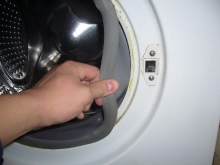
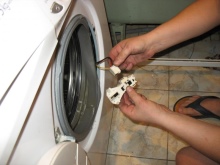

Water supply valve malfunction
From the water supply system, water enters the tank of the device due to high pressure. The whole process is controlled by a filler valve (inlet). It functions as follows:
- a current is sent to the coil, forming an electromagnetic field, under the action of which the shutter opens and gives access to the water pressure from the water supply;
- as soon as the tank is full, the control module sends a signal to stop the power supply to the valve coil; as a result, water access is blocked.

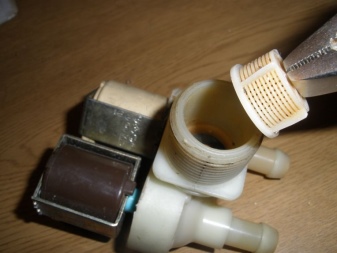
To inspect the valve, it must first be removed from the structure. To this end, disconnect the equipment from the network, remove the inlet hose and mesh, wash the filter, if necessary. Open the cover of the unit, detach the necessary elements from the wiring, bend the latches and unscrew the bolts. All that remains is to gently turn the valve and remove it from the body of the device. After that, it will be possible to verify the correct or incorrect operation of the element.
First, you need to connect the inlet hose to the valve, then supply water and examine the details for leaks - a high-quality shutter will be sealed. Next, take a multimeter and measure the resistance on all coils. Valid values are 2-4 kΩ.
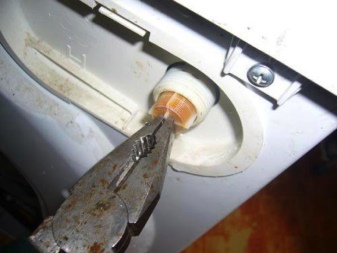
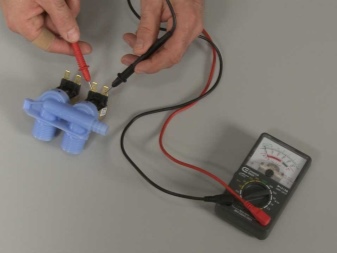
You can give a defective part a "second life" by changing the burnt winding, but such repairs may be useless. It's easier to get a brand new valve. Fix it in place and reassemble the entire system in the reverse order.
If the electronic "filling" is intact, it is possible that the valve is simply clogged or there is some object. Then the part must be disassembled and cleaned.
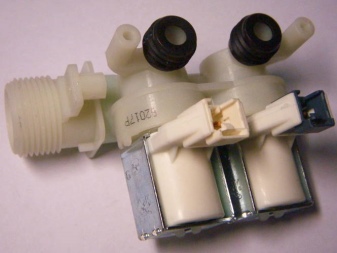

Pressure switch defect
Often the reason for the fact that water is not supplied to the drum is the malfunctioning of the pressure switch. This component is a pressure sensor that detects the level of liquid in the tank. You can find the pressure switch on one of the panels by removing the cover on top of the machine body. The branch pipe, which is attached to the sensor, sends air pressure in the tank to its diaphragm component. As the tank fills up, the pressure builds up as air is “pushed out” of it. As soon as the pressure reaches the required value, the pressure switch signals the stop of the water supply.
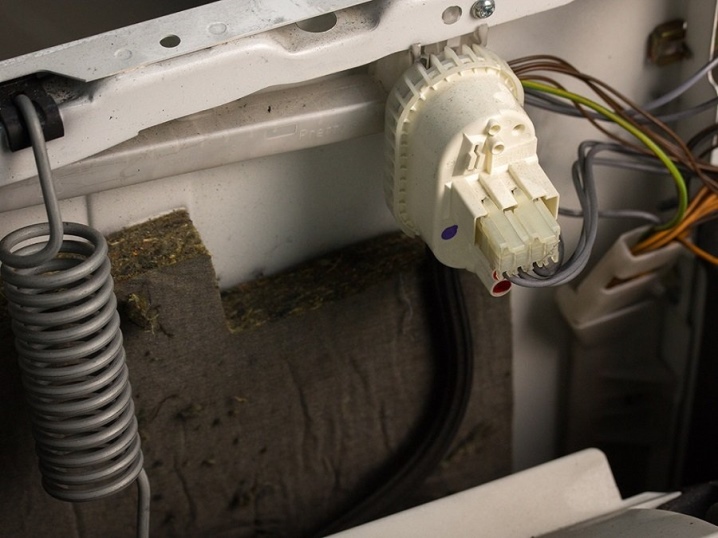
To examine and change this spare part, you need to detach the pipe, slightly relaxing or completely removing the clamp. Next, the element is checked for contamination, defects and bends. If the pipe is intact, connect a half of a new hose of the same diameter to the sensor and blow into it.
Clicks will be heard if the pressure switch is working properly. When they are inaudible, the spare part must be replaced.
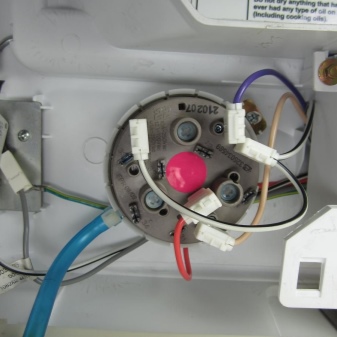
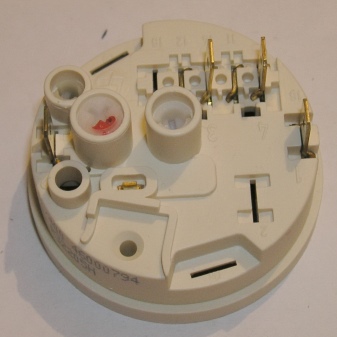
Board failure or problems with the programmer
If it happens that your machine does not pump water mass into the tank, it should be assumed that the problem is hidden in the malfunctioning of the board or programmer. If the main system of household appliances works poorly, it simply cannot receive the appropriate command to draw water for subsequent washing. An elementary method of eliminating a malfunction in the electronic "stuffing" of the equipment is to de-energize the device for 10–20 minutes. After that, you can reconnect it to the network and try again to turn on the scheduled program.
Perhaps the controller will reboot, the device will start its correct operation.
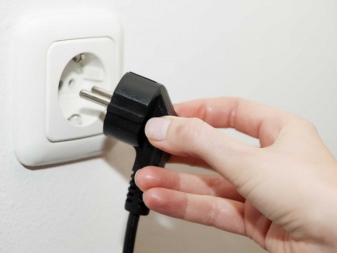
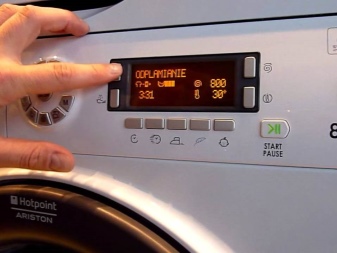
In most cases, the electronic components in the car begin to malfunction for the reasons listed below.
- An excessively high humidity level in the room where the machine is located contributes to the fact that its contacts become damp and go away. You can try to get out and dry the board, and then make sure that the moisture percentage does not exceed 70%.
- Liquid has entered the control unit. Much here depends on the model and brand of the device. Sometimes the "brains" of technicians are completely sealed, as in the situation with the units of Samsung or LG. But in units from Ariston or Indesit, the board runs the risk of getting wet.
- Mains drops, insufficient voltage. For the equipment, you need to find a dedicated connection (outlet). Voltage surges can be neutralized using a stabilizing device.
- Kinked power cord, obsolete outlet, damaged plug. The listed problems must be resolved and old, faulty parts replaced.
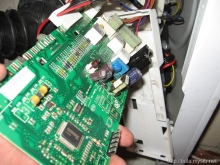
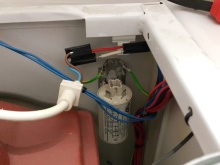
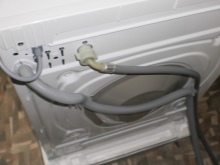
If you suspect that the problems have arisen due to breakdowns of the main microcircuit, you will need to ring with a multimeter all the components that are responsible for regulating the fluid intake. "By eye" to determine the malfunction will be as follows:
- the microcircuit has color-altered zones, dark lines, carbon deposits or even tan;
- burnt varnish is noticeable on the damping coils;
- the “legs” of the microcircuit have become dark or the tan markings have become noticeable in the processor fixation areas;
- The caps of the capacitors have become convex.
If you find out that your machine does not collect water due to the listed faulty systems, then you should call an experienced master if you do not have the proper knowledge and skills.
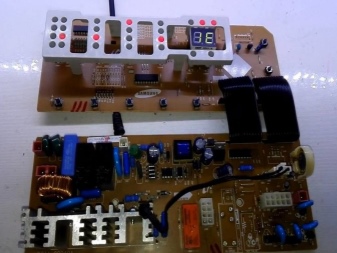

Burned out heating element
The reason that the washing machine does not collect water into the drum may be a breakdown of the heating element - heating element. If this part ceases to function properly, it does not cope with its main function - heating the liquid. As a result, the temperature sensor stops functioning. Look through the heating element using a flashlight through the drum sieve. So you can see the scale on it. If you are 100% sure that there is no water supply due to a faulty heating element, then it will need to be replaced. This requires the following manipulations:
- unscrew the back cover of the device;
- The heating element can be found under the tank, the sensor and ground must be disconnected from it;
- carefully remove the malfunctioning heater with a socket wrench; free it from the nut and seal;
- buy a new suitable heating element and reverse the procedure. If everything was done correctly, when you start the machine, you will notice that the water is being poured as needed.

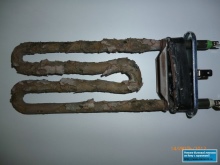

Intake valve breakage
Modern washing machines from brands such as Indesit, Samsung, LG and Bosch can suddenly hum without allowing the water to drain. In the same circumstances, the liquid, on the contrary, does not enter the drum. The problem, as with most other functional parts, may be due to blockage. If the element is very dirty, it must be cleaned. If the valve coil is burnt out, and water does not enter the drum because of this, then one cleaning and replacement of the coil will be too little.
In such a situation, it is better to completely replace the part.
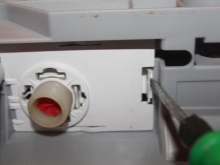
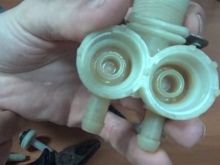
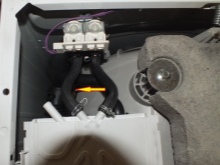
Preventive measures
Many people who have a modern automatic washing machine at home are poorly versed in the operation and design of this technique. When the machine suddenly stopped filling the tank for washing or rinsing, users rarely undertake to solve the problem on their own and resort to calling the master - and this is an additional expense. To prevent the occurrence of such problems, it is better to resort to prevention. Let's consider what preventive measures can be in this case.
- Try to timely and regularly clean all the necessary parts of your washing machine. One should not forget about such caring procedures, even if the technician regularly pours liquid into the drum. In the case of slowly growing blockages, the correct operation of the unit will sooner or later stop.
- Do not use large quantities of liquid detergents. These compounds often freeze on pipes, after which they prevent water from passing through them.
- We recommend cleaning with effective citric acid or special powder formulations. With the help of such means, it will be possible to successfully overcome scale and prevent the heating element from burning out.
- Be careful with the washing machine door. You should not clap her abruptly and loosen the hinges. Often, it is because of the incomplete closing of the hatch that household appliances stop working as they should.
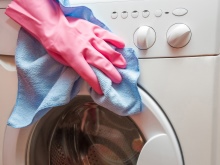

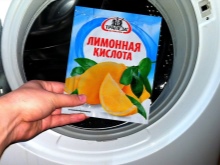
Helpful hints and tips
Let's take a look at a few useful tips and tricks for troubleshooting a problem that is associated with the inability of household appliances to collect water.
- If the water intake system is faulty or the water supply is insufficient, an error code in the form of the formula - H2O may appear on the display of the machine. This indicator is not typical for all models, but for many of the modern units. Observe the information shown on the display.
- When disassembling the washing machine to check any design details, be as careful as possible. Do not make too sudden movements so as not to accidentally damage the connections of the technique.
- When disassembling household appliances, it is recommended to take photographs of the actions performed or to film the process on video.Thus, when you reassemble the device, you will know exactly which parts to install in which places.
- Buy quality replacement parts that will suit your washing machine. To do this, you can remove old faulty parts and go to the store with them to show them to a consultant - he will find similar new parts for you. If you order a repair kit via the Internet, then you should record the serial number of the necessary elements in order to find the necessary products on sale.
- If a malfunction with a lack of water intake happened with a brand new, recently purchased washing machine, then perhaps the "root of the problem" is hidden in the improper installation of the device. Make sure that the drain is correctly connected to the unit.
- In order not to face many problems related to the lack of water mass supply to the tank, read the instructions that come with the machine before use. There is a possibility that the problem encountered is the result of improper use of the technique.
- It is quite possible to carry out many of the listed repairs on your own. If you doubt your abilities and are afraid of harming household appliances by eliminating or identifying problems, it is better to entrust all the work to specialists. These can be professional repairmen or service workers.
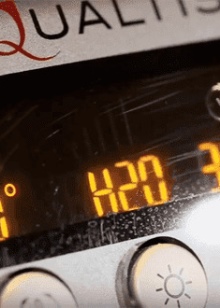
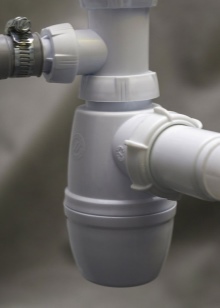

If the equipment is still under warranty, self-repairs cannot be carried out - you need to go to the branded service center.
See why the washing machine does not draw water, see below.













The comment was sent successfully.